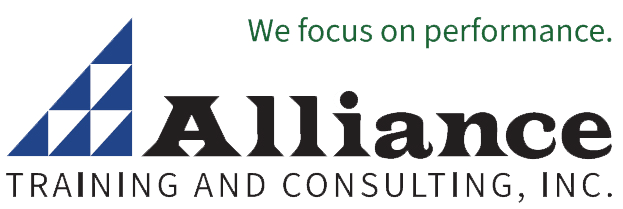Strategic Planning For Success
Strategic Planning Training for Organization Alignment and Growth
Train your leaders to think strategically, align departmental goals with organizational vision, and create actionable strategic plans that drive long-term success.
The highly interactive workshop equips managers and leadership teams with the strategic thinking and planning skills necessary to define purpose, assess current positioning, and lead your organization toward a focused, results-driven future.
Develop Your Strategic Thinking Abilities.
Why Strategic Planning Matters in Today's Organizations
- Clarify goals and define purpose
- Make informed decisions based on internal and external data
- Design long-term strategies to meet evolving challenges
- Align teams behind a shared mission and vision
Who Should Attend
All key stakeholders involved in determining the direction, identity and vision of the organization.
Key Training Benefits: Strategic Thinking & Planning Skills
- Develop the strategic plan to help the organization focus its energy
- Ensure everyone in the organization is working toward the same goals
- Assess and adjust the organization’s direction in response to a changing environment
- Use strategic planning as a management tool for making decisions and taking actions
- Clearly define what the organization is, does, and why it matters
- Use strategic planning as a management and communication tool
Overview of Topics Covered and Learning Points Developed
Module One: Setting the Foundation
Performance objective – By the end of Module One, a work plan is developed.
- Identify specific issues the planning process should address
- Clarify roles
- Create a “planning committee”
- Develop an organizational profile
- Identify the information that must be collected to help make sound decisions
Module Two: Defining Purpose, Vision & Values
Performance objective – By the end of Module Two, a draft mission statement and a draft vision statement are developed.
- Purpose – why the organization exists, and what it seeks to accomplish
- Business – main method or activity through which the organization tries to fulfill this purpose
- Values – principles or beliefs that guide an organization’s members as they pursue the organization’s purpose
Module Three: Environmental Analysis
Performance objective – By the end of Module Three, a database of quality information that can be used to make decisions, a list of critical issues which demand a response from the organization, and the most important issues the organization needs to deal with will have been developed.
- Collecting internal and external perceptions about the organization
- What are the organization’s internal strengths
- What are the organization’s internal weaknesses
- What external opportunities might move the organization forward
- What external threats might hold the organization back
- Evaluating programs’ impact on clients
- Evaluating programs through cost/benefit analysis
- Analyzing programs through competitive analysis
- Defining previous implied strategies
Module Four: Strategic Direction & Goal Setting
Performance objective – By the end of Module Four, an outline of the organization’s strategic directions, the general strategies, long-range goals, and specific objectives of its response to critical issues is developed.
- Look at the three different categories of strategies:
- Organizational strategy
- Programmatic strategy
- Functional strategy
- Developing strategies
- Examine the organization’s critical issues
- Determine how the organization’s strengths and skills can be employed to address the critical issues
- Analyze opportunities and strengths and looking for ways to synthesize the two
- Explore and choose the best approaches for the organization
- Review additional strategies for your organization:
- Surplus maximization
- Revenue maximization
- Usage maximization
- Usage targeting
- Full cost recovery
- Partial cost recovery
- Budget maximization
- Producer satisfaction maximization
- Fees for service
- New revenue strategies
- Legitimization strategies
- Retrenchment strategies
Module Five: Finalizing the Strategic Plan
Performance objective – By the end of Module Five, a strategic plan is developed.
- Draft and review process
- Standard format
- Effective annual operating plan
